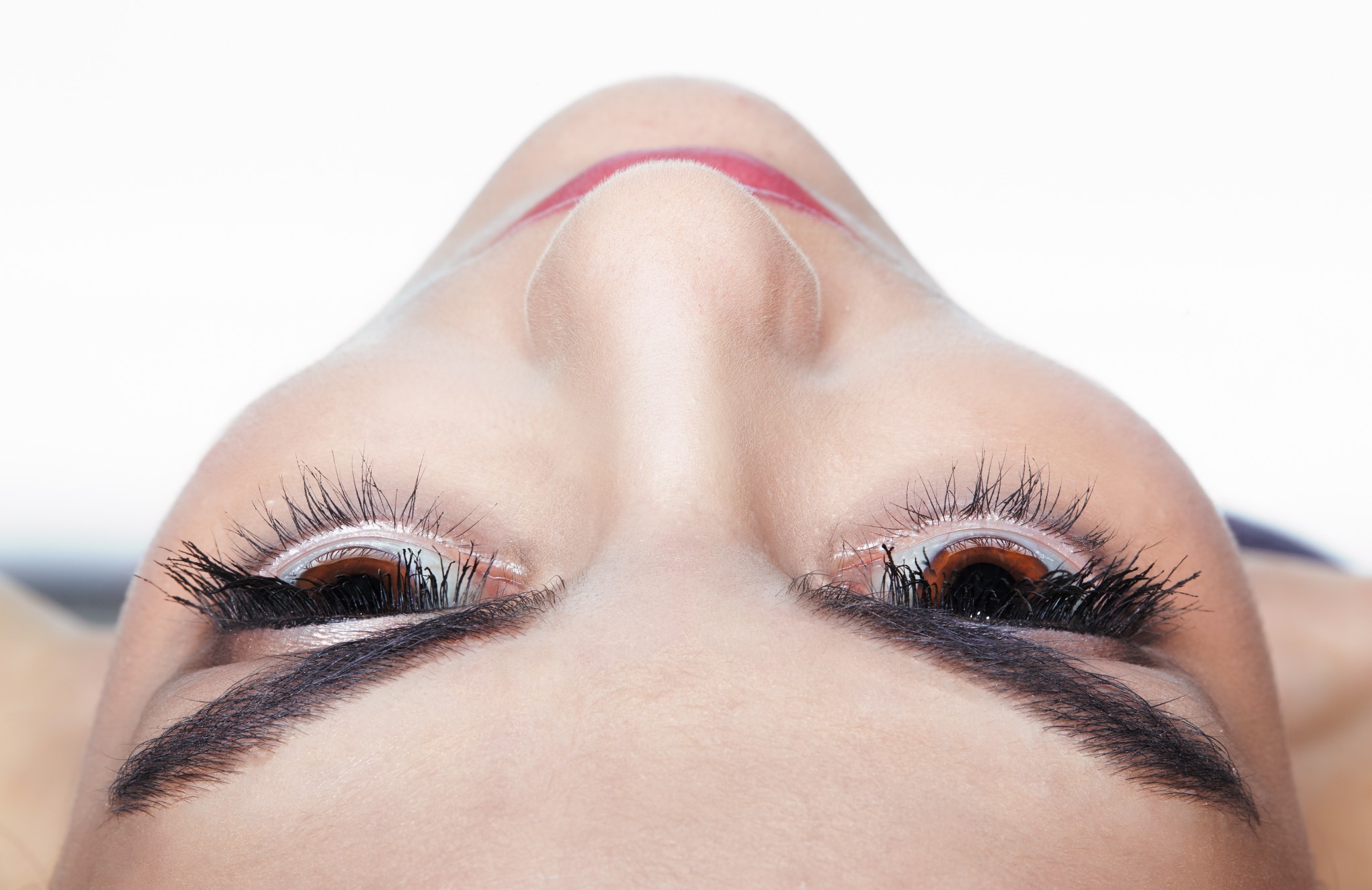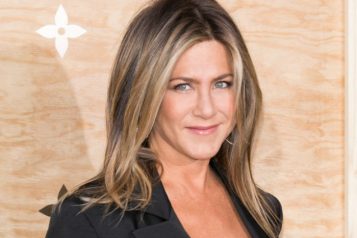
Your nose can often give away your ethnicity – some embrace it, others seek to correct it. A quick Google search reveals a slew of practices that offer “ethnic rhinoplasty.” But what are the cultural implications behind a nose job and is there a universal standard? To find out, Haute Living turned to Dr. R. Laurence Berkowitz, rhinoplasty expert and founder of Aesthetx.
Men and women from nations across the globe, have used rhinoplasty to “Westernize” their appearance for decades. Do you see rhinoplasty as a procedure that can help assimilate cultures better?
While rhinoplasty had been a tool for assimilation in the past, I do not believe this is the case today. That was the motivation and goal for rhinoplasty for the previous century, but this whole concept of “westernization” has for the most part fallen away. Nowadays, people view a procedure like rhinoplasty as a way to look and feel better in their own skin. I’d say this was a revelation around the turn of the century.
If we look at history, Dr. Jacques Joseph is revered as the “Father of Aesthetic Rhinoplasty.” He not only trained surgeons from around the world on technique, but also encouraged cosmetic surgery as a way for people to assimilate and fit in to other cultural ideals. At that time, over 100 years ago, people from countries around the world were turning to rhinoplasty as a way to “westernize” the nose.
The shift in mindset came about 20 years ago when plastic surgeons recognized the importance of being sensitive to and respecting ethnicity. Surgeons started to focus more on how to create a nose tailored to the face, not on one’s desire to fit into a Westernized culture.
Today, everything around us is also much more diversified than it was 100 years ago. Magazines and the models in them are more diversified. People just have a desire now to look the best they can, and this will never go away. It is engrained in our human spirit to want to look and feel our best and rhinoplasty is one procedure that continues make patients feel more confident.
In your practice, how do you approach cases where rhinoplasty might have cultural implications? Is a discussion on the cultural undertones of one’s desire to change their nose warranted?
I’m extremely sensitive to cultural issues. Due to the many wonderful diversities in the U.S, my primary objective when consulting new patients is to discuss the importance of preserving ethnicity. It’s about creating a nose that is proportionate to the face; not to create a nose that fits a misperceived international “standard.”
I approach surgery similar to how an architect approaches his work. I work with a certified medical photographer to do a facial analysis so that I can do very precise measurements to ensure the right proportions. This also allows the patient to see what the end result will be – and even how going too small or narrow as the patient may initially desire – would not give them a natural look.
When it comes to non-Westerners or people of different ethnicity, what ethnicity seems to form the largest group of rhinoplasty seekers?
To be honest, it truly is universal and not as stereotypical as it may have been at one point in time. I consult patients from all different ethnicities, and many are coming to me for real practical reasons to have nose surgery; not psychological or to look like someone they’re not.
What is interesting though in this new day and age is our cultural obsession with self-photography – the “selfie” if you will. This has made people much more self-conscious about their noses and the lens of the camera is partly to blame. You cannot get accuracy with a selfie because the camera is too close. Patients often show me selfies as a way to illustrate what they don’t like about their nose. I have to discuss with them how this is a distorted view and how smart phones and selfies tend to enlarge the nose. Once we go through the facial analysis, they realize how inaccurate their own self-image has been.
What are some of the challenges of operating on Middle Eastern or Asian women/men (or any other ethnicity) when it comes to the structure of their noses that might be quite different from what is typical in the US?
There is definitely a common theme when it comes to gender more so than ethnicity. Many women feel as if they inherited their father’s nose which they feel is too masculine and therefore, want a more feminine appearance. They want a slightly retrousse bridge, and smaller, defined tip to their noses – regardless of ethnicity. On the flip side, men often desire a strong masculine appearance. They want their nose to have a high bridge and straight profile. That is not to say that I don’t see male patients who occasionally feel their nose is too strong and off-putting and want reconstruction that will soften their countenance.
Either way, from strictly a technical perspective, we have broken down many of the barriers to achieving more accurate results because of ultra-high frequency power tools.
I am one of the few surgeons in the U.S. currently using these tools, called Piezo, which makes surgery very exact and gives surgeons more control over the bone cuts. Bones are shaped, cut and moved – as opposed to previously rasped or chiseled with results that can be inconsistent.
The technique I use is unique because of the short recovery time and reduced bruising. It’s using these very precise instruments that enable a more delicate approach and gives patients the result that they want. No irregular bumps, for example.
Success is really dependent upon the tools that the surgeon uses, as well as their ability to leverage all of the experience that they have gained throughout the years; like a craftsman.
 “Master of rhinoplasty,” Dr. Berkowitz has toured the world to speak on the latest plastic surgery techniques and devices, and is most notably recognized as one of the first surgeons in the U.S. to use high frequency power tools for nose reshaping. He practices at Aesthetx in Campbell, CA.
“Master of rhinoplasty,” Dr. Berkowitz has toured the world to speak on the latest plastic surgery techniques and devices, and is most notably recognized as one of the first surgeons in the U.S. to use high frequency power tools for nose reshaping. He practices at Aesthetx in Campbell, CA.
For more information, visit Dr. Brian A. Levine's social media:

























